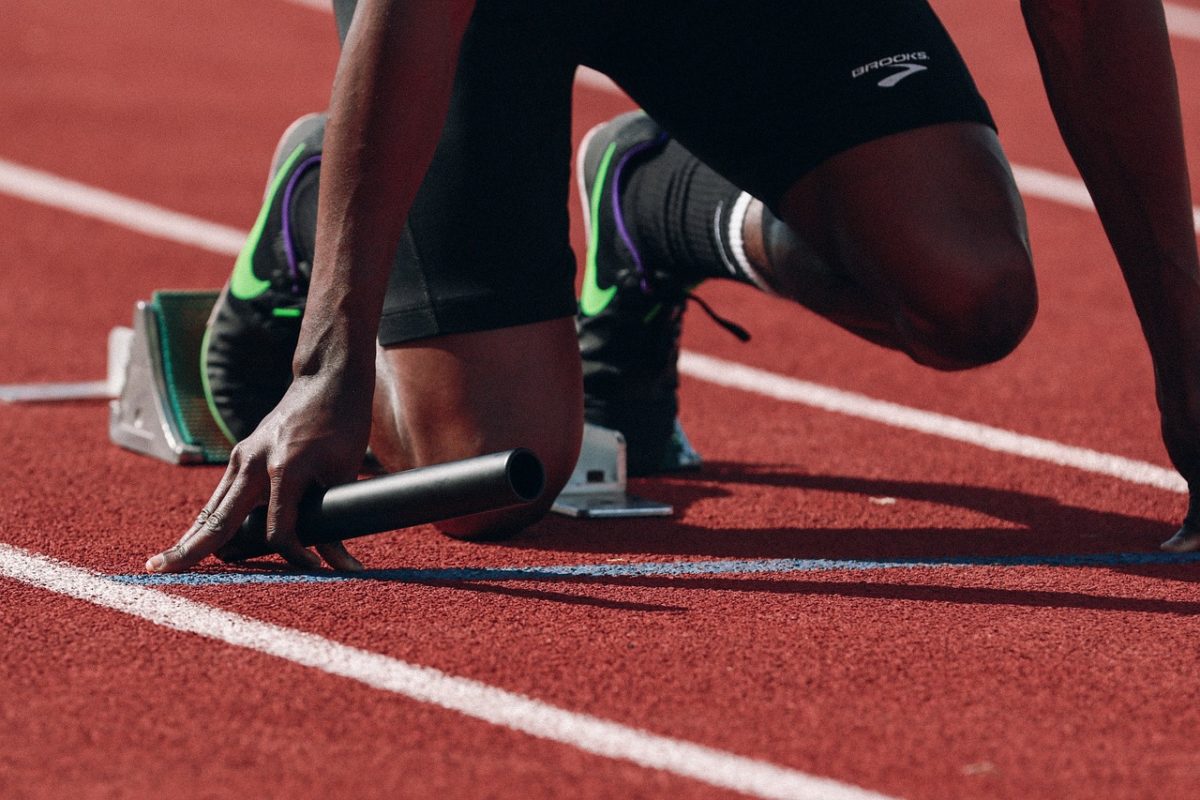Senior Gideon De La Torre grabs the ball out of the air and makes a run for the touchdown. He easily glides past the defense, narrowly missing their outstretched hands. Out of the corner of his eye, he notices something approaching quickly. Immediately, he falls to the ground.
He hears a thud and his head hits the ground as the crushing weight of an opponent lands on him. Instantly, he knows something is wrong with his knee.
Around 676,000 young athletes from ages 10 to 19 suffer from injuries during their season, according to Value Penguin. De La Torre and other Van Nuys High School athletes, such as varsity football player junior Cesar Robles, contribute to this increasing number.
“It took me six months to recover from my elbow hyperextension and because of this, my parents didn’t want me to play anymore, especially my mom,” Robles said.
Recovery time for most sports injuries can take a few weeks, although some can be more intense and can take longer periods of time. It takes about two weeks to recover from a concussion, six weeks from broken bones, eight weeks from tears or strains and weeks to months for a hyperextended elbow.
According to the Centers for Disease Control and Prevention (CDC), high school athletes account for approximately two million injuries, 500,000 doctor visits and 30,000 hospitalizations each year in the United States alone.
One of the most common types of sport injuries among high school athletes is a concussion, a brain injury that can occur when an athlete experiences a blow to the head or body, causing the brain to move around inside the skull.
Senior varsity football player Uriel Rios has endured many injuries, including multiple concussions caused by illegal hits from his opponents. Constantly going in and out of the hospital, Rios and his family worry about the potential consequences that may affect his future in sports.
“It makes me worry if I will be able to play professionally because of the way my body is responding to these injuries right now,” Rios said.
Sports injuries are an inherent risk that athletes face every time they step onto the field or court. While many athletes recover from their injuries and return to their sport, others are not so lucky. The long-term effects of sports injuries can be devastating, both physically and mentally.
“I was stupid and young, but I continued to play and my knee still hurts to this day,” De La Torre said. “It’s a permanent injury.”
Another long-term effect of sports injuries is the potential for mental health issues. Athletes who are forced to stop playing completely due to injuries and concussions may experience depression or anxiety. In some cases, depending on their injury, athletes may also develop post-traumatic stress disorder (PTSD), particularly if their injury was disquieting.
“Going back into the tournament was really stressful and my injury affected the way I played,” varsity volleyball player Adrienne Mita said. “I was very scared of getting hurt again.”
Athletes may feel like they are not making progress as quickly as they would like or that their recovery is taking too long. This can lead to feelings of anger and irritability.
“Although the team wasn’t really affected by my absence, I still felt really bad,” varsity football player Pedro Perez said. “I felt like I sort of let them down in a way.”
Sport injuries do not just affect the athletes themselves, but can also have negative effects on their families. When an athlete gets injured, it can be a stressful and difficult time for everyone involved.
“My mom really hated that I got injured and I remember going to the hospital almost every weekend,” Rios said. “She would ask me to not play anymore.”
As young athletes face the risk of sports injuries, the physical and emotional toll becomes undeniable. It is crucial to prioritize athlete safety, and that can be done through implementing comprehensive injury prevention strategies and providing support for their mental well-being.



